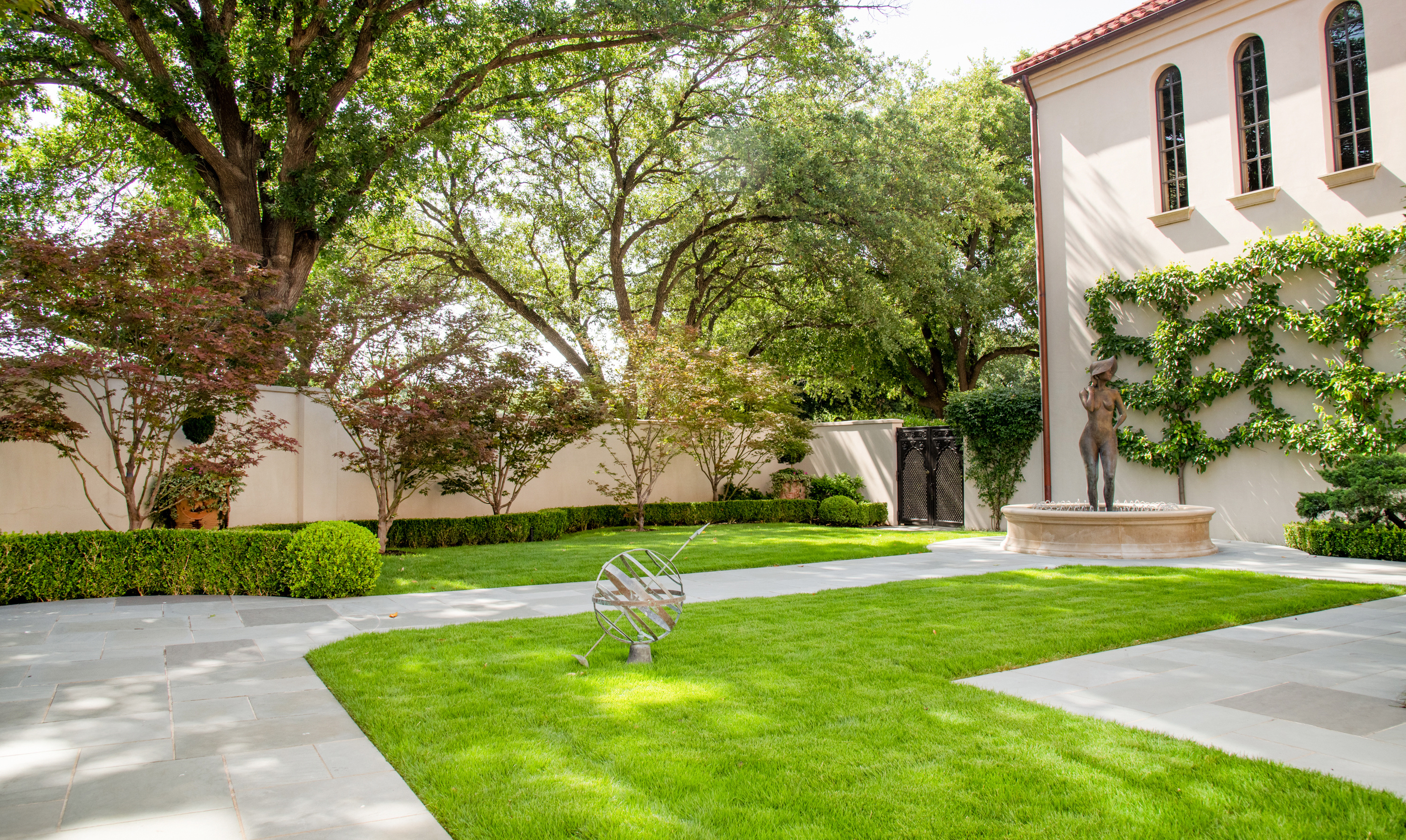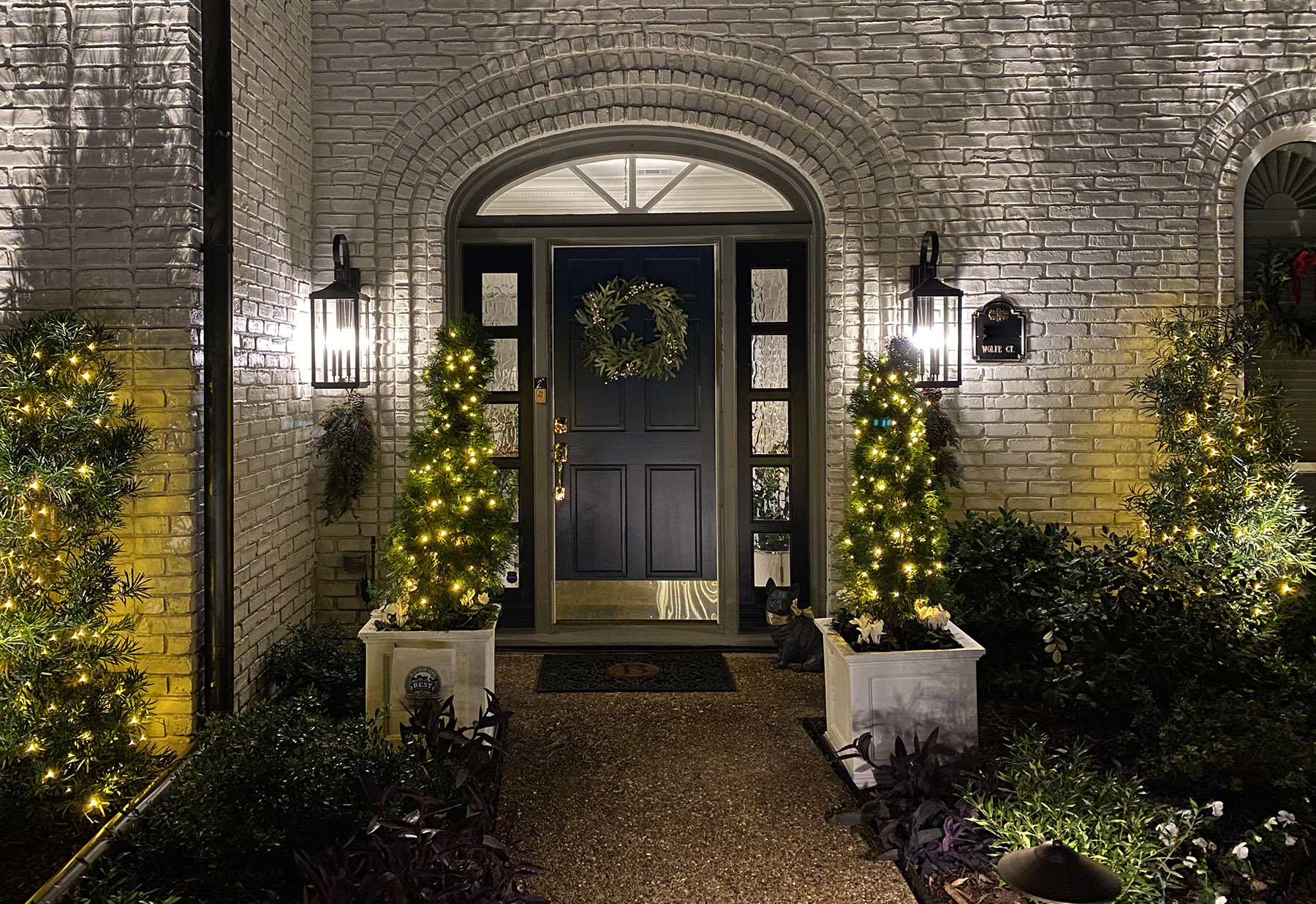As environmental awareness grows, more homeowners in the Dallas-Fort Worth area are turning to eco-friendly landscaping. This sustainable approach not only conserves resources but also creates beautiful, resilient outdoor spaces. By adopting eco-friendly practices, you can enhance your landscape’s health and reduce its environmental impact. Here’s how to get started with eco-friendly landscaping in Dallas-Fort Worth.
1. Choose Native Plants
Native plants are the backbone of eco-friendly landscaping. These plants are well-adapted to the local climate and soil conditions, requiring less water and maintenance than non-native species. Some excellent native plants for the Dallas-Fort Worth area include:
- Purple Coneflower: This vibrant perennial attracts pollinators and thrives in local soils.
- Texas Redbud: A small tree with stunning spring blossoms, ideal for adding color and shade.
- Mexican Plum: Known for its fragrant flowers and fruit, this tree supports local wildlife.
- Gulf Muhly Grass: An ornamental grass that provides texture and requires minimal water.
2. Implement Water-Wise Practices
Water conservation is a critical component of eco-friendly landscaping. Here are some strategies to use water efficiently:
- Drip Irrigation: Delivers water directly to plant roots, reducing evaporation and runoff.
- Rainwater Harvesting: Collect and store rainwater for irrigation to minimize reliance on municipal water.
- Smart Controllers: Use weather-based controllers to optimize irrigation schedules based on real-time weather data.
3. Enhance Soil Health
Healthy soil is essential for a thriving, eco-friendly landscape. Improve your soil’s health by incorporating organic matter such as compost. This practice enhances soil structure, increases its water-holding capacity, and provides essential nutrients to plants. Avoid synthetic fertilizers and pesticides that can harm beneficial organisms and pollute the environment.
4. Use Mulch
Mulching is an effective way to conserve moisture, regulate soil temperature, and suppress weeds. Organic mulches, like wood chips or straw, decompose over time, adding valuable nutrients to the soil. Apply a layer of mulch around your plants, keeping it away from stems to prevent rot.
5. Opt for Permeable Hardscaping
Traditional hardscaping materials, such as concrete, can contribute to runoff and heat buildup. Instead, choose permeable materials like gravel, pavers, or decomposed granite, which allow water to infiltrate the soil. These materials reduce runoff, promote groundwater recharge, and mitigate heat island effects.
6. Create Wildlife Habitats
Supporting local wildlife is a rewarding aspect of eco-friendly landscaping. Incorporate plants that provide food and shelter for birds, butterflies, and other beneficial insects. Install birdhouses, bat boxes, and bee hotels to attract diverse wildlife. A healthy ecosystem in your garden promotes biodiversity and natural pest control.
7. Reduce Lawn Areas
Lawns require significant water, fertilizers, and maintenance. Reducing the size of your lawn can lower your landscape’s environmental impact. Replace turf with drought-tolerant ground covers, native grasses, or wildflower meadows. These alternatives are not only eco-friendly but also add visual interest to your landscape.
8. Practice Sustainable Lawn Care
For areas where a lawn is desired, practice sustainable lawn care by:
- Mowing High: Set your mower to a higher setting to encourage deeper root growth and retain soil moisture.
- Grasscycling: Leave grass clippings on the lawn to decompose and return nutrients to the soil.
- Organic Fertilizers: Use organic or slow-release fertilizers to reduce environmental impact and promote soil health.
9. Adopt Integrated Pest Management (IPM)
Integrated Pest Management (IPM) is a holistic approach to pest control that minimizes the use of chemical pesticides. Monitor your garden regularly for pest issues and use biological controls, such as beneficial insects, to manage pest populations. When necessary, choose the least-toxic control methods to protect your plants and the environment.
Conclusion
Eco-friendly landscaping is the future of outdoor design in the Dallas-Fort Worth area. By choosing native plants, conserving water, improving soil health, and adopting sustainable practices, you can create a beautiful, resilient landscape that benefits both your home and the environment. For expert guidance and professional landscaping services, trust the team at Lawns of Dallas.
Contact Lawns of Dallas today to learn more about our eco-friendly landscaping solutions and how we can help you create a sustainable, stunning outdoor space.








